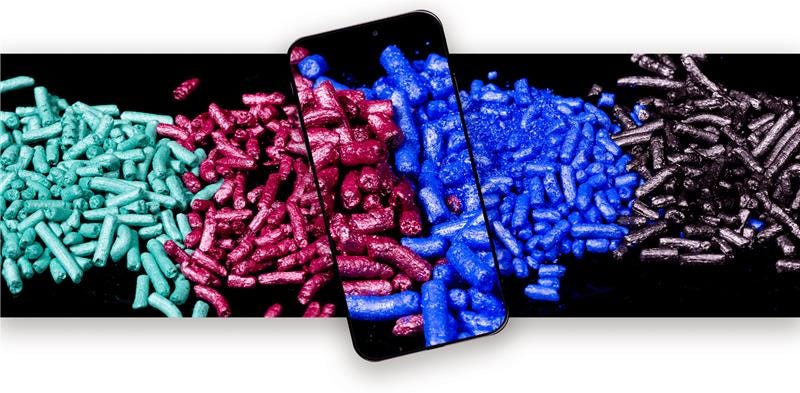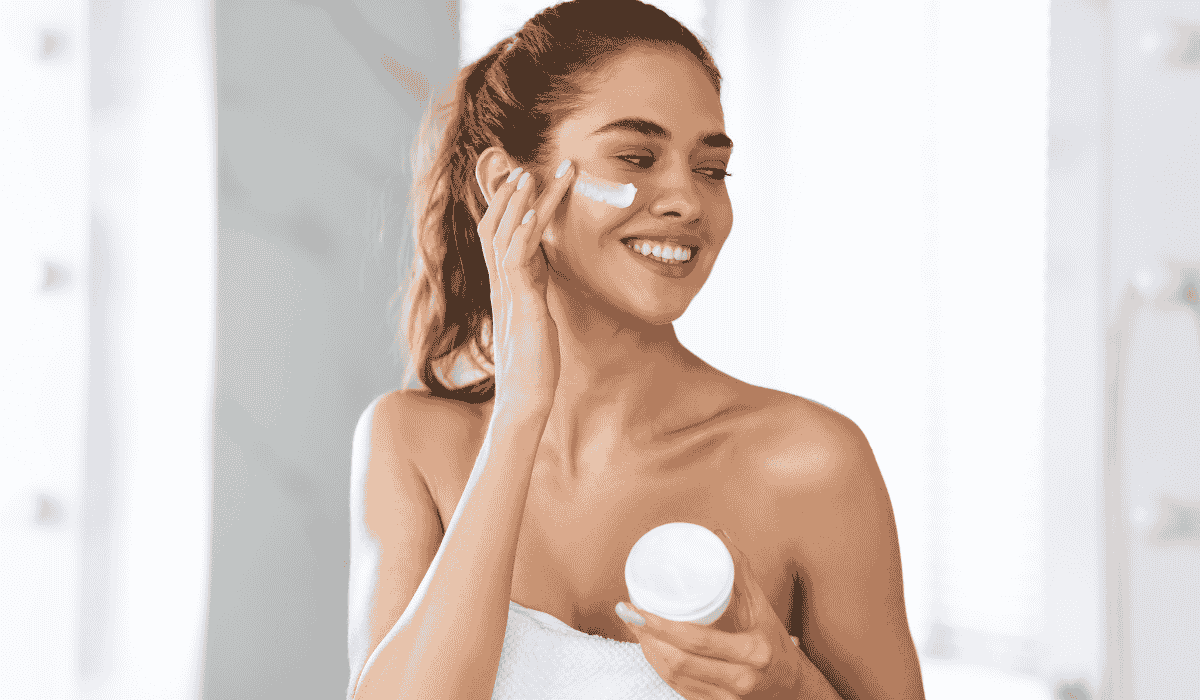Best and Worst Ingredients in Moisturizers: What Every Formulator Should Know for Dry, Oily, and Sensitive Skin
Moisturizers are a cornerstone of nearly every skincare routine—but from a formulation standpoint, they're anything but one-size-fits-all. Developing an effective moisturizer requires careful consideration of skin type, condition, and intended benefit. Whether addressing dryness, oiliness, or barrier repair, ingredient selection plays a critical role in both performance and skin compatibility.
Each component—from humectants to occlusives—impacts the skin’s hydration levels, texture, and long-term health. The right combination can support the skin barrier, reduce transepidermal water loss (TEWL), and improve resilience. Conversely, using incompatible or poorly balanced ingredients may lead to irritation, clogged pores, or increased dryness—especially in sensitive or compromised skin types.
With growing consumer demand for targeted skincare solutions, formulators are increasingly focused on identifying the best ingredients for face moisturizer development—whether that means selecting the best moisturizer ingredients for dry skin, balancing hydration in oily skin, or supporting recovery in products designed for skin repair.
Understanding which ingredients to include—and which to avoid—can make the difference between a well-loved product and one that misses the mark.
Anatomy of a Good Moisturizer: Core Components
At its foundation, a well-formulated moisturizer supports the skin’s hydration, barrier function, and overall health. To achieve this, formulators rely on a balance of key ingredient categories—each playing a specific role in maintaining skin moisture and resilience.
Humectants
Humectants attract and bind water to the skin, helping to increase hydration in the stratum corneum. They’re especially effective in environments with moderate humidity and are often layered under occlusives for optimal results.
- Examples: Glycerin, hyaluronic acid, sodium PCA, propylene glycol, urea
Emollients
Emollients soften and smooth the skin by filling in microscopic cracks between cells. They improve skin texture and offer a pleasant sensory feel, often contributing to the richness or slip of a formula.
- Examples: Plant oils, esters (e.g., isopropyl myristate), fatty alcohols (e.g., cetyl or stearyl alcohol), shea butter
Occlusives
Occlusives create a physical barrier on the skin’s surface to prevent water loss (TEWL). They’re especially beneficial in dry climates or for compromised skin where barrier support is essential.
- Examples: Petrolatum, squalane, dimethicone, lanolin, beeswax
Supporting Ingredients
These ingredients enhance the functionality and skin benefits of the moisturizer by addressing inflammation, barrier repair, or cellular regeneration.
- Examples:
- Panthenol – improves hydration and soothes irritation
- Ceramides – replenish the skin’s lipid matrix
- Peptides – support skin renewal and firmness
- Niacinamide – strengthens barrier and evens tone
Best Moisturizer Ingredients for Dry Skin
Dry skin lacks both water and lipids, often presenting with flakiness, tightness, irritation, and impaired barrier function. A successful moisturizer for this skin type must not only deliver hydration but also reinforce the skin’s lipid barrier and prevent moisture loss.
Formulators developing products for dry or dehydrated skin should prioritize multi-functional ingredients that hydrate deeply, reduce transepidermal water loss (TEWL), and soothe inflammation.
Top Humectants for Dry Skin
- Glycerin – A classic, cost-effective humectant that draws moisture into the skin and helps maintain hydration over time.
- Hyaluronic Acid – Provides moisture retention at multiple layers of the skin (especially when using multi-molecular weights).
- Urea – A powerful humectant with keratolytic properties that also softens rough patches.
Emollients and Occlusives for Barrier Support
- Shea Butter – Rich in fatty acids and vitamins, it softens and nourishes dry, flaky skin.
- Squalane – A lightweight, non-comedogenic occlusive that mimics skin’s natural sebum and enhances suppleness.
- Jojoba Oil – Offers emollient benefits and skin barrier support with a composition similar to human sebum.
- Dimethicone – A silicone-based occlusive that locks in moisture and provides a smooth skin feel without heaviness.
Barrier-Strengthening and Reparative Actives
- Ceramides – Help restore the lipid matrix of the stratum corneum, essential for repairing dry, damaged skin.
- Panthenol (Pro-vitamin B5) – Improves hydration, soothes irritation, and supports skin regeneration.
- Niacinamide – Strengthens barrier function, reduces water loss, and improves skin elasticity.
Best Moisturizer Ingredients for Oily Skin
Formulating for oily skin can be uniquely challenging—this skin type often overproduces sebum yet still needs hydration to maintain barrier function and prevent rebound oiliness. The key is to select ingredients that provide lightweight moisture, balance oil production, and avoid pore-clogging or occlusive overload.
When developing moisturizers for skin conditions in oily skin, focus on hydrating without heaviness, regulating sebum, and maintaining a breathable, non-greasy finish.
Lightweight Humectants for Hydration
- Propanediol – A non-sticky humectant that also enhances preservative efficacy.
- Sodium PCA – A natural moisturizing factor (NMF) component that helps bind water in the skin.
- Aloe Vera Juice – Offers soothing and hydrating benefits without clogging pores.
- Glycerin – Still effective in oily skin at moderate levels, especially when balanced with volatile or fast-absorbing ingredients.
Non-Comedogenic Emollients and Occlusives
- Squalane – Lightweight, fast-absorbing, and non-comedogenic; hydrates without contributing to oiliness.
- Caprylic/Capric Triglyceride – Offers silky emollience with excellent spreadability and minimal greasy residue.
- Dimethicone – Provides a breathable barrier that reduces TEWL while offering a matte finish and smoothing effect.
Oil-Balancing and Barrier-Supporting Actives
Niacinamide – A standout active that regulates sebum production, minimizes pores, and improves barrier function.
Zinc PCA – Helps reduce shine and has antibacterial properties, making it ideal for acne-prone skin.
Green Tea Extract – Offers antioxidant and anti-inflammatory benefits that soothe oily and blemish-prone skin.
Best Ingredients for Skin Repair
Whether skin is compromised by environmental stressors, over-exfoliation, or chronic conditions like eczema or acne, barrier repair is a top priority in modern skincare. A well-formulated moisturizer can play a pivotal role in supporting skin recovery—reducing inflammation, restoring lipids, and encouraging regeneration.
When formulating with a repair focus, look for multifunctional ingredients that reinforce the skin’s structural integrity and soothe irritation. These are some of the best ingredients for skin repair to consider:
Barrier-Restoring Lipids
- Ceramides – Naturally occurring lipids that are essential for a healthy stratum corneum. Ceramide blends mimic the skin’s natural lipid profile and restore moisture retention.
- Cholesterol and Fatty Acids – When combined with ceramides in the right ratio, they rebuild the lipid barrier and improve skin resilience.
Soothing and Anti-Inflammatory Agents
- Panthenol (Pro-vitamin B5) – Calms inflammation, improves hydration, and supports healing.
- Allantoin – Helps to soothe, soften, and protect the skin while promoting repair of damaged tissue.
- Bisabolol – Derived from chamomile, it offers anti-inflammatory, anti-irritant, and antimicrobial properties.
Healing Botanicals and Bioactives
- Centella Asiatica (Madecassoside, Asiaticoside) – Known for wound healing, antioxidant, and collagen-boosting properties.
- Calendula Extract – Offers anti-inflammatory and regenerative benefits, especially for sensitive or irritated skin.
- Peptides – Signal the skin to produce more collagen and elastin, accelerating repair and rebuilding the dermal matrix.
Supportive Hydrators
- Hyaluronic Acid – Maintains moisture balance and promotes a healthy environment for skin renewal.
- Urea – At low levels, helps with hydration and gentle exfoliation; at higher levels, can assist in barrier repair.
Moisturizer Ingredients to Avoid
When formulating a moisturizer—especially for sensitive, dry, or compromised skin—it’s just as important to know what to exclude as what to include. Certain ingredients, while functional or widely used, can exacerbate dryness, clog pores, or trigger irritation depending on skin type.
Below are common moisturizer ingredients to avoid, particularly when developing products for dry or sensitive skin.
Harsh Alcohols
Alcohol Denat., SD Alcohol 40, Isopropyl Alcohol: These are drying and can strip the skin’s natural oils, leading to irritation and barrier disruption—making them some of the worst ingredients for dry skin. While volatile alcohols may improve formula aesthetics (like fast absorption), they should be avoided or minimized in barrier-supportive systems.
Synthetic Fragrance and Essential Oils
Fragrance (Parfum) and certain essential oils (e.g., citrus, peppermint, eucalyptus): While these ingredients add sensory appeal, they can be irritating or sensitizing—especially for dry, eczema-prone, or post-treatment skin. For formulas labeled as “sensitive-skin safe,” opt for fragrance-free or allergen-reduced options.
Comedogenic Oils and Waxes
Coconut Oil, Wheat Germ Oil, Lanolin, Myristyl Myristate: These ingredients may clog pores and are best avoided in moisturizers for oily or acne-prone skin. Instead, choose lighter, non-comedogenic emollients that support hydration without congestion.
Harsh Surfactants (in multi-functional moisturizers)
Sodium Lauryl Sulfate (SLS): Occasionally found in dual-purpose or cleansing moisturizer hybrids, SLS can disrupt the lipid barrier and cause irritation. For leave-on products, use gentler emulsifiers and surfactant systems.
Overuse of Acids in Leave-On Moisturizers
High levels of AHAs or BHAs: While exfoliants can support skin renewal, excessive use in daily moisturizers—especially for dry or sensitive skin—can lead to over-exfoliation and barrier damage. Limit acid content or reserve for specialized treatment products.
Formulation Tips by Skin Type
Formulating an effective moisturizer isn't just about choosing the right ingredients—it's also about creating the right texture, delivery system, and sensory experience for your target skin type. Below are practical formulation tips for tailoring moisturizers to dry, oily, or sensitive skin conditions.
For Dry or Dehydrated Skin
- Texture: Rich creams, balms, or thick emulsions
- Phase Design: Incorporate a higher oil phase with occlusives and emollients to reduce TEWL
- Ingredient Focus: Ceramides, panthenol, shea butter, urea, hyaluronic acid
- Tip: Use lamellar emulsifiers to mimic skin’s natural lipid structure for enhanced barrier support
For Oily or Acne-Prone Skin
- Texture: Lightweight gels, emulsions, or oil-free creams
- Phase Design: Focus on water content, low-viscosity esters, and non-comedogenic oils
- Ingredient Focus: Niacinamide, zinc PCA, aloe vera, sodium PCA, squalane
- Tip: Use volatile silicones or emulsifiers with a matte finish for a non-greasy skin feel
For Sensitive or Compromised Skin
- Texture: Creams or lotions with minimal irritants
- Phase Design: Minimize active loading and avoid high-surfactant systems
- Ingredient Focus: Allantoin, bisabolol, madecassoside, panthenol, oat extract
- Tip: Limit use of fragrance and essential oils; maintain formula pH between 4.5–5.5 for barrier support
Universal Tips for All Skin Types
- Conduct stability and sensory testing across diverse climates and skin conditions
- Use multifunctional actives to reduce formula complexity and minimize potential irritants
- Consider encapsulation technologies for sensitive actives to improve stability and skin delivery
By aligning texture, function, and skincare ingredients with the needs of different skin types, formulators can create moisturizers that not only hydrate effectively but also deliver meaningful, long-term skin benefits.




